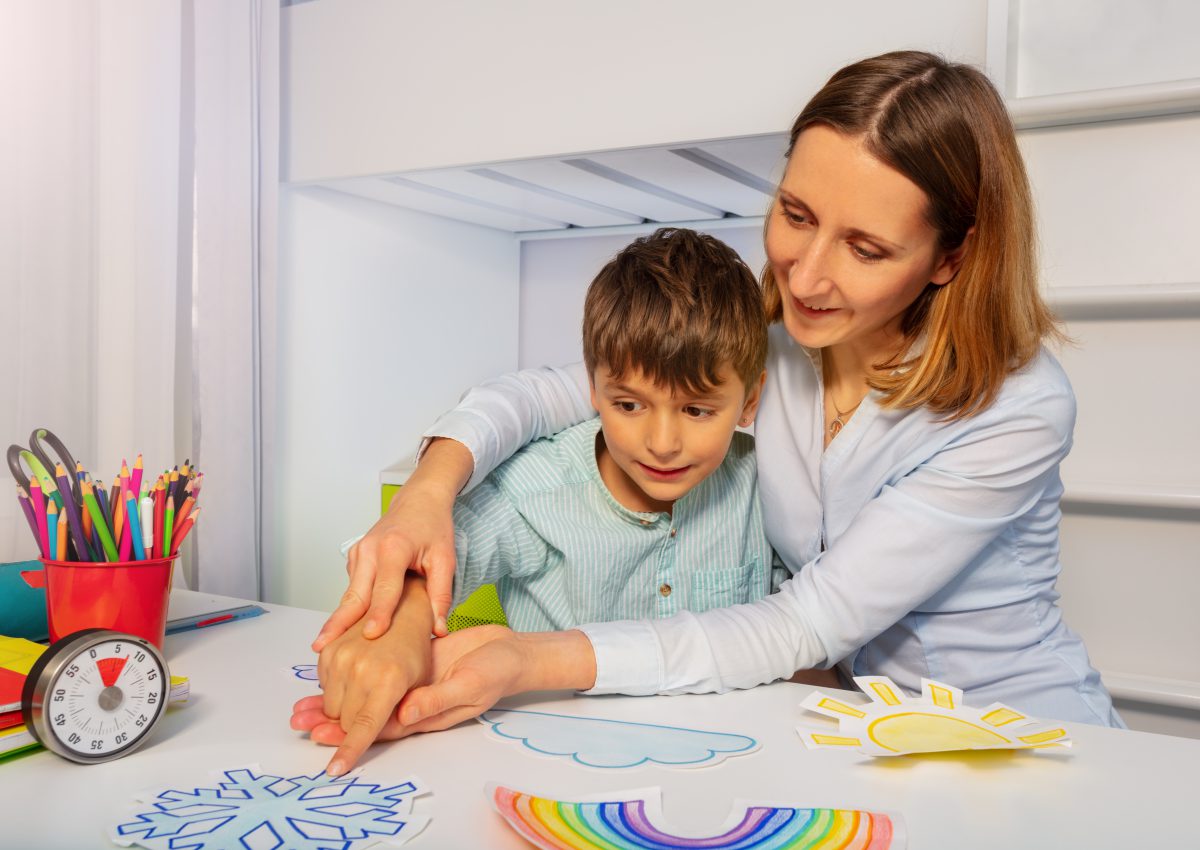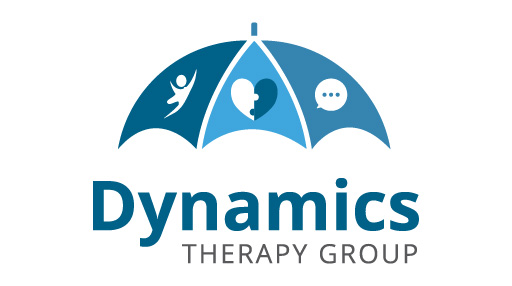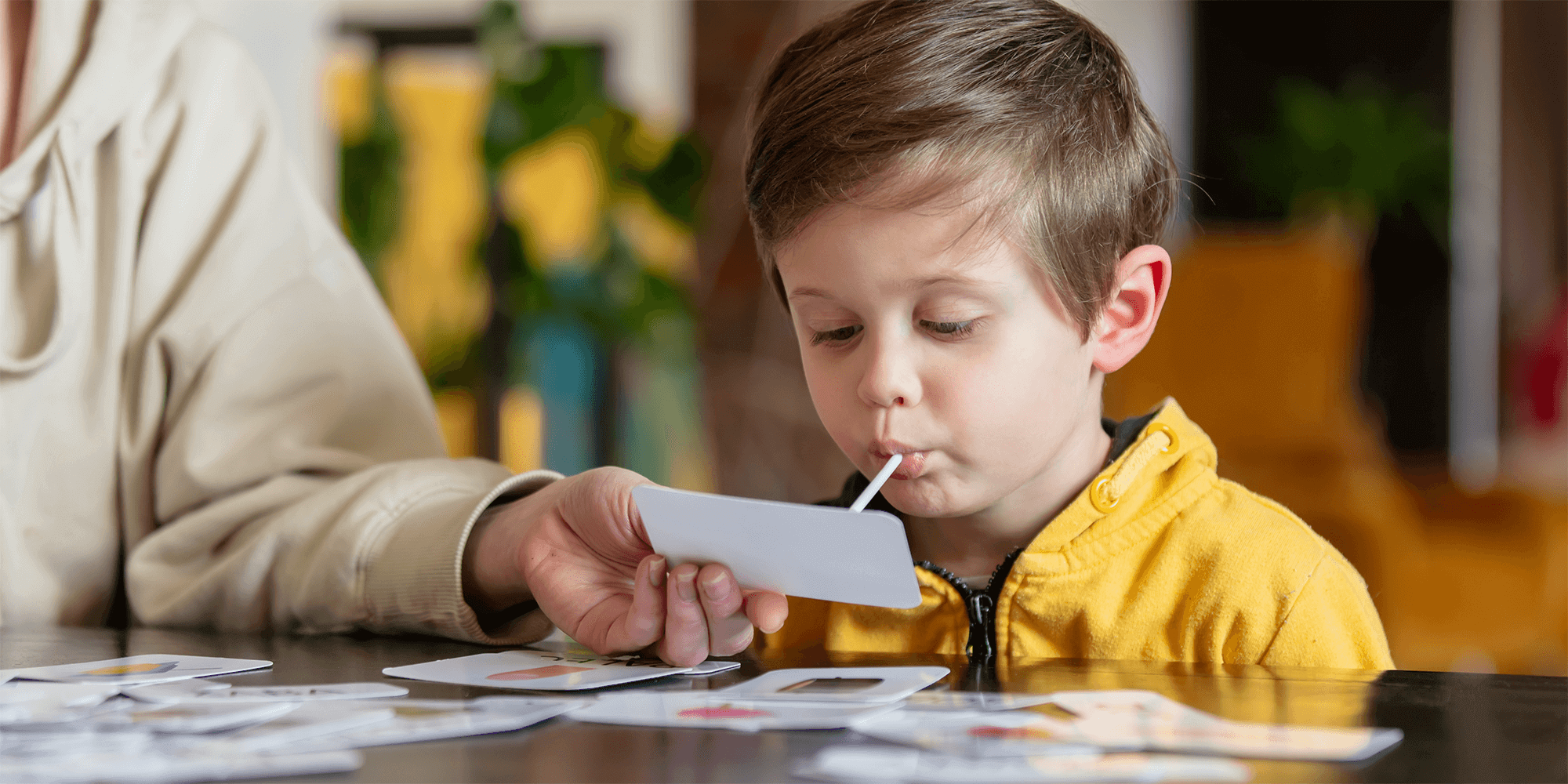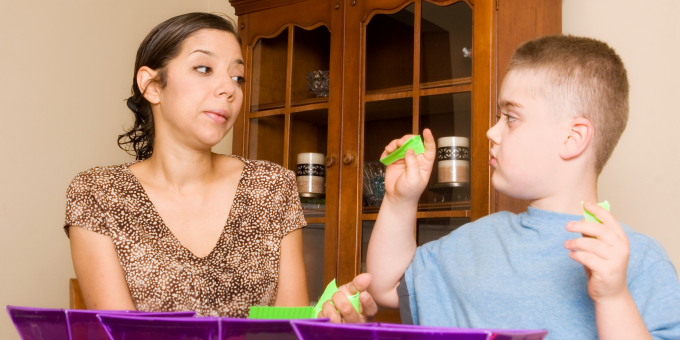
Applied Behaviour Analysis (ABA) has over 50 years of proven effectiveness in helping children overcome developmental delays and behavioural problems — including speech, communication and language delays and issues — through the use of evidence-based strategies and procedures.
One such procedure is the highly efficacious Verbal Behaviour approach, which was developed specifically to teach communication and language.
Understanding ABA
ABA is based on the study of human behaviour to understand the causes of certain behaviours and the consequences (reinforcements or rewards) that could affirm or discourage behaviours. ABA and its research-based methods have been evolving since 1968 to successfully help both adults and children hone functional and adaptive abilities, foster healthy independence and live a quality life.
ABA uses the principles of learning and motivation to help children with developmental delays, developmental issues and/or behavioural problems cultivate a range of essential skills. Such skills include:
- Communication and language skills, such as answering questions or understanding and using language
- Basic learner skills, such as responding to own name or following simple instructions
- Social and play skills, such as socialising with peers or initiate interactions
- Self-help skills, such as feeding or toileting
- Academic skills, such as reading or writing
- Motor skills — gross motor skills, such as crawling or climbing, and fine motor skills, such as colouring or cutting using scissors
ABA also helps reduce problem behaviours that could include lack of compliance, tantrums, self-injurious behaviours or aggression towards others. It uses behavioural techniques to teach replacement language and behaviours as well.
By shaping positive behaviours and reducing negative ones, teaching new and replacement skills and behaviours and generalising learning, ABA ultimately aims to help these children master independent and socially important behaviours that can be transferred across different environments, situations and people, thus boosting the child’s ability, esteem and confidence to live an independent and meaningful life.
Using the Verbal Behaviour (VB) Approach
The ABA-VB approach, combining aspects of ABA and VB, teaches the function and meaning of language. It encourages the child to learn language by connecting words with their purpose. It helps the child understand that words are not just a label, but it is also important to know why we use words and how these words are useful in making requests and communicating ideas. For example, a child will learn to use language to ask for things or to label things in their environment. The child learns the functional use of language, rather than the language itself.
As each child is unique, they will have their method of communication, whether through words, sign language, augmentative devices or pictures. ABA believes that every child can and should be adept at communication. ABA-VB enables children to develop and hone communication skills and unlock their potential as effective communicators.
The ABA-VB approach classifies language into types, with each serving a unique function:
- Mand – request (you say it because you want it)
- Tact – label (you say it because you see, hear, smell, taste or feel something)
- Intraverbal – conversation, answering a question or responding when someone else talks (you say it because someone else asked you a question or commented)
- Echoic – repeating what someone else says (you say it because someone else said it)
- Imitation – repeating someone else’s motor movements (you move because someone else moved the same way)
- Listener Responding/Receptive – following directions (you do what someone else asks you to do)
Throughout the intensive, one-on-one ABA sessions, the therapist will encourage learning through some of these techniques to boost the child’s speech, language and communication skills:
- Engaging the child in activities that encourage conversations, interactions and communication. These activities can improve the child’s understanding and use of language as the child sees and hears how and what the therapist is saying;
- Using accompanying gestures to give context to what is being said, bolstering the child’s understanding of the words used;
- Repeating what the child says to recognise the child’s effort and success in getting their message across successfully; and
- Developing and affirming non-verbal communication skills; among others.
You can also apply the above principles or activities to reinforce your child’s learning at home. Pro tip: your child’s level of understanding and learning pace are different from yours. Start with small steps and at a slower pace to help them increase their understanding and confidence in the use of language. Small and achievable successes can make a big difference in building a positive learning experience for you and your child.
Integrating ABA and Speech Therapy
Speech Therapy is the assessment and treatment for children and adults with speech and language challenges, impaired speech due to certain chronic conditions or feeding and swallowing difficulties. This form of therapy aims to improve language and communication skills to boost the individual’s quality of life.
ABA Therapists and Speech-Language Therapists (or Speech Therapists) can work together to deliver the most effective care and support. As needed, the ABA Therapists will collaborate with Speech Therapists to incorporate Speech Therapy’s strategies and goals into the ABA programme to provide more comprehensive and targeted therapy for speech and language deficits.
Even though they differ in treatment techniques and approaches, ABA and Speech Therapy share common goals of treating children with speech, language and communication delays, disorders or difficulties, and ensuring that each child achieves their desired outcomes and leads a rewarding life.
The therapists of these fields can benefit each other in many ways: the ABA Therapists can help the Speech Therapists interpret meaningful data to make appropriate decisions for their treatment plans, and provide behavioural insights into the triggers or causes of behaviours in children with speech and communication challenges; while the Speech Therapists can help recommend methods of communication to develop a specific behaviour as well as appropriate strategies that the ABA Therapists can develop to address behaviours that affect speech and communication.
About Dynamics
Our dedicated and highly competent team of ABA professionals at Dynamics Behaviour Analysis has extensive experience in their field. They have been trained and worked with some of the best in ABA, and have helped children and adults from different countries. Our team uses only best practices and evidence- and research-based intervention strategies and procedures, individualises programmes that are data-driven (through ongoing evaluations), and actively partners with parents and caregivers to ensure that every child enjoys a positive learning experience and achieves their goals.
To empower every child to thrive in the area of speech, language and communication, our ABA Therapists have worked seamlessly with our in-house Speech Therapists, as needed.
In addition to Speech Therapy, we also provide integrated care and support to ensure your child’s maximum potential and growth by collaborating with other health professionals. These highly qualified and equally dedicated specialists of their field are also part of Dynamics’ multidisciplinary team, which includes Occupational Therapists, Physiotherapists, Counsellors, Educational Therapists, and many others.




